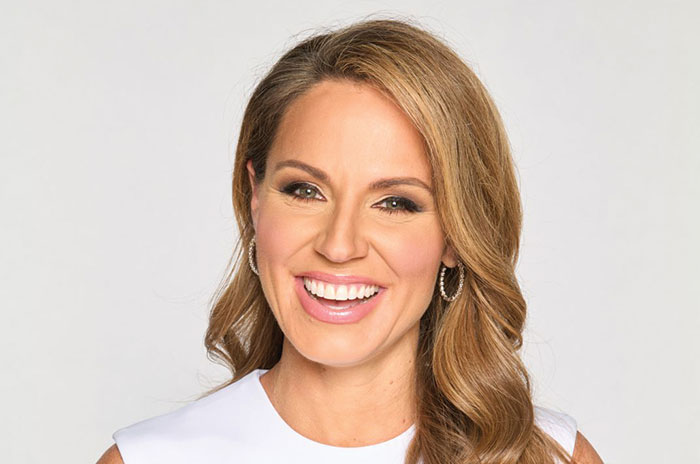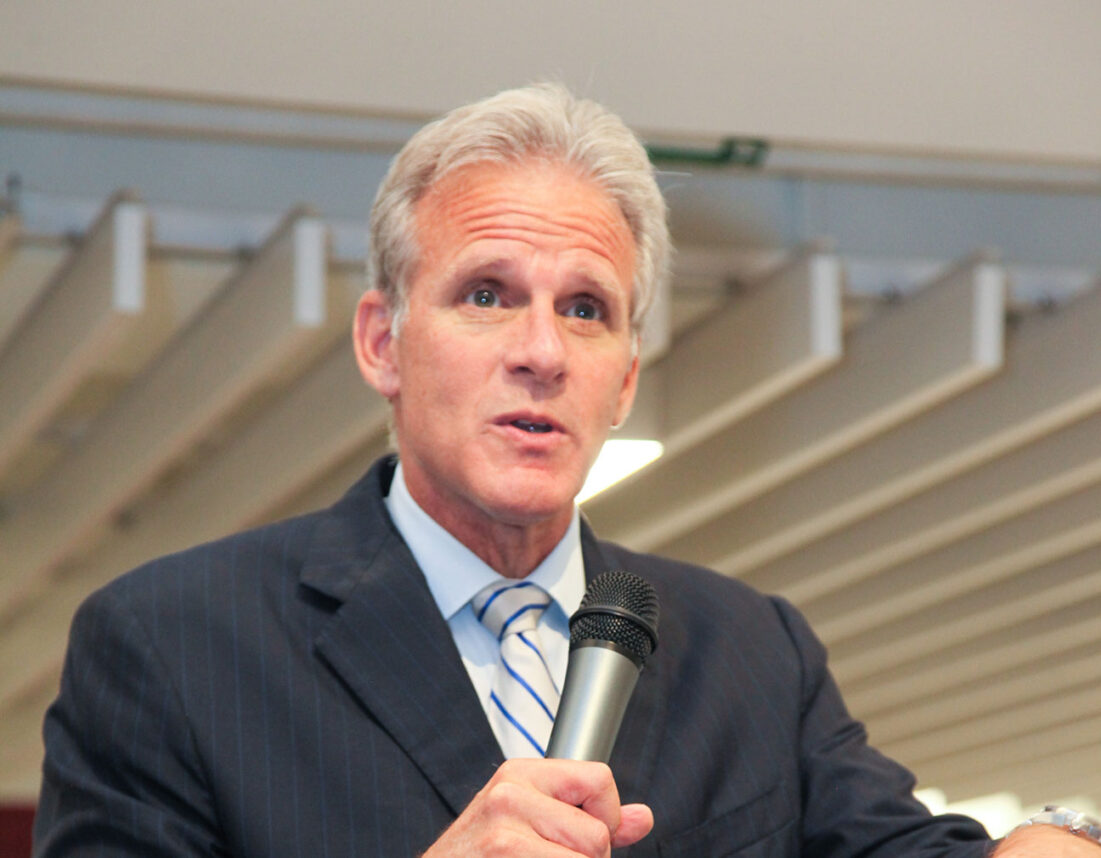|
Peter Gould had his last drink on Purim night seven years ago — or, more accurately, his last drinks. “I drank more alcohol in a day than a human body can handle,” he said, relaxing on a puffy couch in Baltimore in jeans, sneakers and a black knit kipah. At the time, Gould — not his real name — had been a functioning alcoholic for years, and his body could tolerate a lot of booze. He listed the staggering litany of alcoholic beverages he consumed that Purim, a holiday some Jews mark by drinking to excess: Three bottles of amaretto, two bottles of wine, one bottle of champagne, a fifth of Scotch and a fifth of bourbon. “And then I drove home with my kids in the car,” he recalled. He made it home fine — after all, he was used to driving drunk. Gould may be an extreme example, but he isn’t unique. Alcohol and drug addiction exist in every sector of American Jewry, but addiction and recovery specialists say Gould is part of a growing problem in the Orthodox community — a problem that, because of the pressures and particularities of an observant Jewish lifestyle, has hit the Orthodox in different and sometimes more troubling ways than other segments of the Jewish community. “The Orthodox community really does have a need,” said Adrienne Bannon, executive director of Baltimore’s Jewish Recovery Houses, two centers in suburban Baltimore for recovering Jewish drug addicts and alcoholics. Some residents require kosher food and are placed with local families for Shabbat meals. “I thought most of the addicts and alcoholics filling this house would be long-estranged from religion, but it isn’t true,” she said. Part of the problem, experts say, is that, for years, people couldn’t and wouldn’t believe that drugs had found their way into Orthodox groups. But they had. They say the emphasis in some ultra religious Orthodox communities on finding marriage matches for young people, coupled with the community’s traditional reluctance to air its dirty laundry, leads families and schools to cover up addictions. They call this “the shanda factor”: Who wants to marry a drug addict or even a drug addict’s sibling? As a result, addicts often don’t receive treatment until their addictions have reached crisis proportions. Those involved in treating these addicts say that until recently, members of the Orthodox community received treatment on average two years later than addicts in society at large — two years during which their dependencies have time to grow, worsen and become harder to beat. Solid numbers on addiction in the Orthodox community are hard to come by. In the past five to 10 years, the community has begun to more aggressively and publicly address the issue, but it still elicits silence and shame. Anecdotal evidence suggests the problem is getting worse, experts say. Some describe a chicken-and-egg question: Is the number of Orthodox addicts growing or — because community efforts have made treatment easier, more available or more acceptable — are a greater number of addicts seeking help? Experts say both might be true. “What has opened people’s eyes is that, first of all, there’s been much more talk about the problem,” said Rabbi Dr. Abraham Twerski, founder and medical director emeritus of Gateway Rehabilitation Center, a nonprofit drug and alcohol treatment system in western Pennsylvania. “Unfortunately, there have been several young deaths from overdoses, and these were not covered up and they raised the alert of the community.” Rabbi Kerry Olitzky, an expert in chemical addiction in the Jewish community and author of “Twelve Jewish Steps to Recovery: A Personal Guide to Turning From Alcoholism and Other Addictions” (Jewish Lights, 1991), noted that the Orthodox aren’t the only members of the Jewish community with addiction issues. “Alcohol and drug abuse is about an issue of individuals feeling an emptiness inside of themselves, and they’re self-medicating, trying to fill that hole and get rid of the pain they feel,” said Olitzky, who also is executive director of the New York-based Jewish Outreach Institute. “Alcohol and drug abuse, for similar reasons, impact upon members of the Jewish community from one side of the spectrum to the other.” Recovery communities for Jews like those in Baltimore are few and far between, but many communities are making efforts to fight abuse by forming support groups, Alcoholics Anonymous and Narcotics Anonymous societies, treatment centers and clearing houses for referral services. The religious streams also have made efforts to address the issue and inform their constituents about it. The number of Jewish addicts is proportionally similar to the rest of America, Olitzky said, but Jews are overrepresented in Gamblers Anonymous, and many suffer from eating disorders. Insiders say the Orthodox lifestyle offers another gateway into and cover for addiction: the frequent availability and consumption of alcohol at religious life-cycle events. Habits developed at these celebrations can eventually lead to alcoholism, observers say, and statistics show that individuals who abuse alcohol are more likely to use drugs. A person can drink a l’chaim at a morning bris, or ritual circumcision ceremony, followed by another at an engagement party that evening. Later in the week, there may be a wedding, followed by a sheva brachot ceremony followed on Shabbat by a bar mitzvah — and alcohol often is available at each event. Then there is the increasing popularity of so-called synagogue Kiddush clubs, which offer shulgoers schnapps, whiskey and other types of alcohol during and after services. “Substance abuse is masked by religious practice,” said Rabbi Joel Dinnerstein, founder and director of Ohr Ki Tov: Center for Growth and Transformation, which runs Florida’s Jewish Alcoholism and Addiction Counseling Services. “See who goes for the herring and who goes for the schnapps — you don’t have to be an expert to see right in front of you.” Gould went for the schnapps. And the whiskey. And the beer. And the champagne. He spent his bar mitzvah party vomiting in a bathroom after drinking too much alcohol-spiked punch. By the time he was 31, Gould’s doctor told him that his liver “was reaching irreversible damage levels.” The physician suggested that the test results may have been skewed by consumption of alcohol shortly before the test. He suggested that Gould not drink for two weeks and then return for another test. So he stopped drinking for a few days — until his brother-in-law got engaged and they headed out for a l’chaim; the cycle began again. Veronica Rose, whose parents are affiliated with a Chabad synagogue, said that an abusive boyfriend drove her to drug abuse. Rose, a pseudonym, started using cocaine five years ago in what she said was an effort to self-medicate her clinical depression. What started as recreational use soon became a full-blown addiction. “I spent all of my bubbe’s inheritance on drugs,” said Rose, whose brother is an alcoholic. When she took up with an abusive man, she turned even more frequently to drugs — cocaine to dull the pain, followed by marijuana or Ativan to come down from the high. She began to think about cleaning up. Today she’s a resident at Tovah House, the women’s recovery home in Baltimore. She has been clean since Dec. 12. Observers say it has become increasingly easy for youngsters to obtain drugs, even Orthodox ones. “The problem in the yeshivas is the same problem as in the public schools,” said Daniel Vitow, headmaster of the North Shore Hebrew Academy High School on New York’s Long Island. “Our kids live in the same society and the same culture as everyone else.” Where the problem is more acute, some schools have instituted drug testing for students. Some yeshivas eventually expel problem students, who are sent from school to school, their problems left untreated, chalked up simply to hanging out with the wrong group of friends. “I think that the Jewish community has grown a great deal in its sophistication with regard to its acknowledgment of Jews and alcoholism and Jews as drug addicts, and there are some institutions that have been built,” Olitzky said. But, he noted, “We still have a long way to go before we are fully prepared to wrestle with the challenges.” |

|





















 More news and opinions than at a Shabbat dinner, right in your inbox.
More news and opinions than at a Shabbat dinner, right in your inbox.